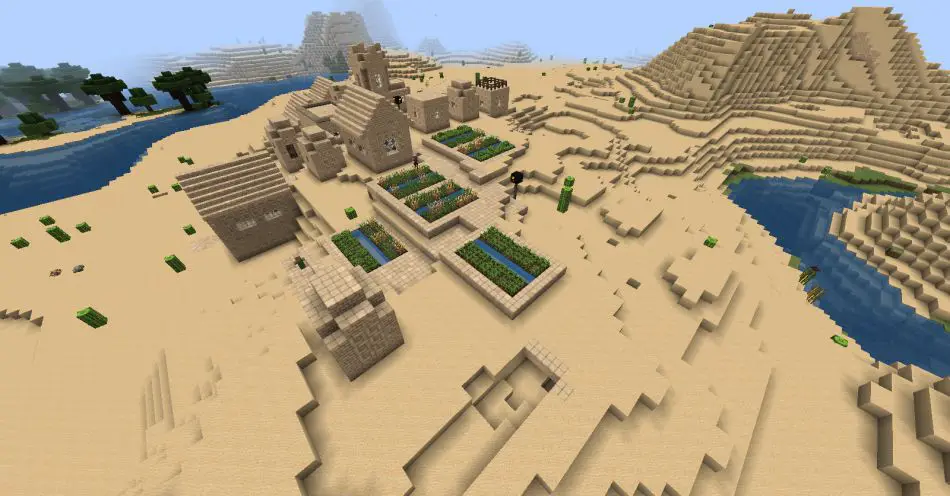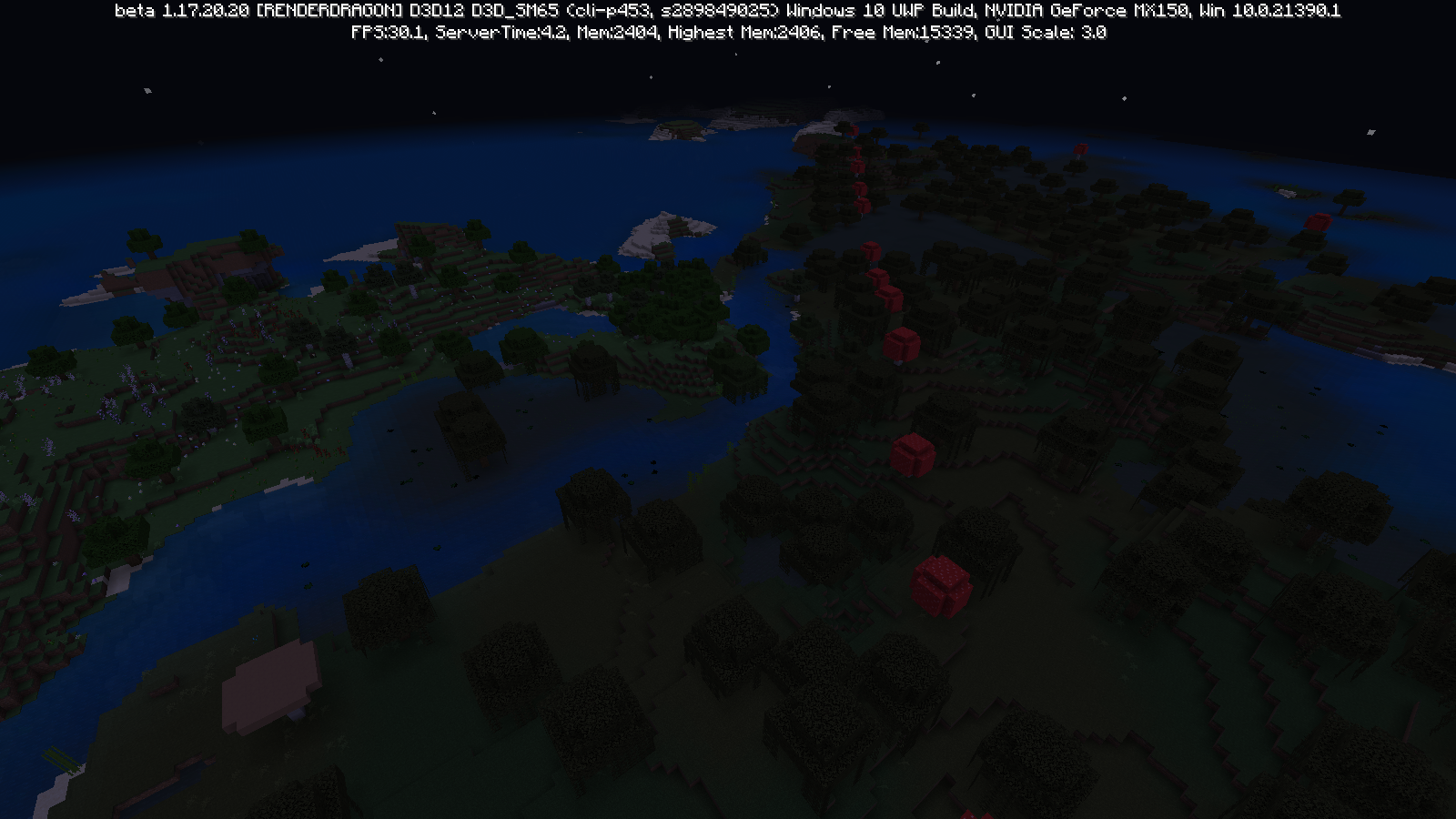
How do I stop my son from playing Minecraft?
As a parent, it can be tough to know how to handle your child’s obsession with Minecraft. With its endless possibilities and immersive gameplay, it’s no wonder that kids can’t seem to get enough of it. However, as with any activity, it’s important to set boundaries and ensure that your child is getting a healthy balance of screen time and other activities.
In this article, we’ll be discussing some effective strategies for helping your child transition away from Minecraft and onto other activities. Whether your child is spending too much time playing Minecraft or simply needs a break, these tips will help you set boundaries and establish healthy habits.
One key strategy is to have effective consequences in place for overuse of game time. This means setting clear limits on how much time your child can spend playing Minecraft and enforcing those limits consistently. Whether it’s taking away their game privileges for a set period of time or limiting their access to other screens, having consequences in place can help your child understand the importance of balancing their time and prioritizing other activities.
Another important tip is to start setting limits at an early age. By establishing healthy habits from a young age, you can help your child develop routines and expectations around screen time that will stick with them as they grow older. This might mean limiting their access to screens altogether in their early years or gradually introducing them to games and technology in a controlled way.
Of course, setting limits is easier said than done. That’s why it’s important to develop reasonable rules and limits in advance. This means having a clear plan in place for how much time your child can spend on Minecraft each day, what types of games they can play, and when they can play them. By having clear guidelines in place, you can avoid arguments and negotiations over screen time and help your child understand what’s expected of them.
Finally, transitioning your child away from Minecraft and onto other activities can be challenging, but it’s an important step in helping them develop a well-rounded set of interests and skills. Whether it’s encouraging them to try a new hobby, spending time outdoors, or simply engaging in family activities, there are countless ways to help your child find other things they enjoy.
While Minecraft can be a fun and engaging activity for kids, it’s important to set boundaries and ensure that your child is getting a healthy balance of screen time and other activities. By following these strategies for setting effective consequences, starting early with limit setting, establishing reasonable rules and limits, and transitioning to other activities, you can help your child develop healthy habits and enjoy a well-rounded childhood.
Setting Effective Consequences
Have you ever tried getting your child to stop playing Minecraft and do something else? It can be a frustrating experience. But setting effective consequences can help.
Firstly, start setting limits at an early age. Children who grow up with consistent boundaries are more likely to understand and follow rules. When it comes to video games, set a time limit for how long your child can play and stick to it. Consistency is key.
Secondly, develop reasonable rules and limits in advance. Sit down with your child and discuss what is acceptable and what is not. For example, no playing during mealtimes or before completing homework. By involving your child in the rule-making process, they are more likely to understand and accept the consequences of breaking them.
Now, onto the consequences themselves. Effective and readily available consequences are essential. These can range from losing game time for the rest of the day to losing access to the game altogether for a certain period. It is important to be consistent with consequences as well. If your child continues to break the rules, they should expect the same consequences each time.
But what if your child has trouble transitioning from video game play to other activities? Try introducing a "cooling down" period before transitioning. This can be a time for your child to mentally prepare themselves for the next activity. For example, they can read a book or go for a walk before starting homework.
Finally, praise good behavior. Positive reinforcement can be just as effective as consequences. When your child follows the rules and limits, let them know how proud you are. This will encourage them to continue following the rules and make the transition from video games to other activities easier.
Setting effective consequences is a crucial step in helping children transition from video game play to other activities. Start setting limits at an early age, develop reasonable rules and limits in advance, have readily available consequences, introduce a "cooling down" period, and praise good behavior. By following these strategies, you can make the transition away from video games a smoother and less frustrating experience.

Starting Early with Limit Setting
Starting Early with Limit Setting: Helping Kids Transition from Video Games
Do you struggle to get your kids away from their favorite video games? Do you find yourself arguing with them to stop playing and do something else? If so, you’re not alone. Many parents face this problem, but the good news is that it’s possible to help your kids transition from video-game play to other activities.
One strategy is to have effective and readily available consequences for overuse of game time. For example, if your child exceeds the agreed-upon time limit, they might lose game privileges for the rest of the day or week. Or, if they refuse to stop playing, they might lose access to their preferred games until they can demonstrate responsible behavior.
Another effective strategy is to start setting limits at an early age. This helps children develop healthy habits around technology use and creates a foundation for future limit-setting. By establishing clear expectations and boundaries, you can teach your child to balance their time and prioritize other activities.
To develop reasonable rules and limits in advance, consider involving your child in the process. This gives them a sense of ownership and empowers them to make responsible choices. For example, you might agree on a set amount of game time each day, with specific times for breaks and meal times. You might also establish rules around online safety, such as no sharing personal information or communicating with strangers.
Ultimately, the goal is to help your child transition from video-game play to other activities in a way that feels natural and enjoyable. This might involve finding alternative hobbies or interests that align with your child’s passions and strengths. For example, if your child loves building and creating, they might enjoy making crafts, building models, or designing their own projects.
Overall, starting early with limit setting is an effective way to help your child develop healthy technology habits and create a balanced lifestyle. By working together and establishing clear expectations, you can help your child transition from video games to other activities with ease and confidence.
Establishing Reasonable Rules and Limits
Establishing Reasonable Rules and Limits for Video-Game Play
As a parent, you know that video games can be both fun and addictive. Your child may be spending too much time playing Minecraft, and you’re looking for ways to help them transition to other activities. Here are some strategies that can help you establish reasonable rules and limits for video-game play.
Have Effective Consequences for Overuse of Game Time
One of the most effective ways to limit video-game play is to have ready-to-implement consequences for overuse. For example, you can set a rule that your child can only play for one hour a day. If they play longer, they lose the privilege of playing the next day.
Starting Early with Limit Setting
It’s never too early to start setting limits on video-game play. When your child is young, you can limit their exposure to video games altogether. When they’re a little older, you can allow them to play for a limited amount of time each day.
Transitioning to Other Activities
Once you’ve established reasonable rules and limits for video-game play, you’ll need to help your child transition to other activities. For example, you can encourage them to read a book, do some exercise, or play with friends. The goal is to help them find other activities that they enjoy and that are good for them.
Tips for Establishing Reasonable Rules and Limits
Here are some tips to help you establish reasonable rules and limits for video-game play:
- Involve your child in the process of setting rules and limits. This will help them feel like they have some control over the situation.
- Be consistent with enforcing the rules and consequences. If you’re not consistent, your child will learn that the rules don’t really matter.
- Be flexible when necessary. Sometimes, you may need to adjust the rules and limits to accommodate a special circumstance.
- Educate yourself about video games. The more you know about video games, the better equipped you’ll be to make informed decisions about your child’s video-game play.
Establishing reasonable rules and limits for video-game play is essential for ensuring that your child doesn’t become addicted to video games. Use the strategies and tips outlined in this article to help you establish effective rules and limits for your child’s video-game play. Remember that the goal is not to eliminate video games altogether, but to help your child find a healthy balance between video-game play and other activities.
Transitioning to Other Activities
Transitioning to Other Activities
Are you having trouble getting your kids off of Minecraft? It can be tough to convince them to leave the digital world and join in on other activities. As a parent, it’s important to establish rules and limits for game time and to have consequences for overuse. Here are some tips to help make the transition from video-game play to other activities a smooth one.
- Have Effective Consequences for Overuse of Game Time
It’s important to have consequences for overuse of game time. For example, if your child spends too much time playing Minecraft, they might lose access to their devices for a set period of time. This consequence should be clearly communicated in advance and consistently enforced.
- Start Setting Limits at an Early Age
It’s never too early to start setting limits on screen time. If you start when your child is young, they will be more likely to accept and follow the rules as they grow older. Try to set limits on the amount of time they can spend on video games and encourage them to engage in other activities.
- Develop Reasonable Rules and Limits in Advance
It’s important to develop reasonable rules and limits in advance. For example, you might establish a rule that your child can only play video games after they have completed their homework or chores. This will help them to prioritize other activities and not become too dependent on video games.
In addition to these tips, it’s important to have a variety of activities available for your child to do. This could include playing outside, reading a book, or engaging in a creative activity such as drawing or painting. By providing your child with a range of activities, they will be more likely to find something they enjoy and will be less likely to become bored.
Transitioning from video-game play to other activities can be a challenge, but by establishing rules, limits, and consequences, it can be done. Remember to start setting limits at an early age, have effective consequences for overuse, and develop reasonable rules and limits in advance. By doing so, you can help your child to prioritize other activities and lead a well-rounded life.

Minecraft addiction is a common problem among children and parents all over the world. As we have seen in this article, there are several strategies that can be used to help a child stop playing Minecraft and transition to other activities. It is important to note that not all of these strategies will work for every child, as each child is unique and has their own set of preferences and tendencies.
One effective way to help children stop playing Minecraft is to establish effective and readily available consequences for overuse of game time. This can be done by setting a timer, and when the timer goes off, the child must stop playing the game and move on to something else. This can be coupled with rewards for good behavior, such as extra screen time or other incentives.
Another strategy is to start setting limits at an early age. Establishing rules and limits early on can help prevent addiction and make it easier to transition to other activities when the child is older. This can include limiting screen time, setting specific times for playing Minecraft, and encouraging other activities that the child enjoys.
Developing reasonable rules and limits in advance is also crucial. This can include setting a specific amount of time for playing Minecraft each day or week, limiting access to certain features of the game, and setting consequences for breaking the rules.
Finally, transitioning to other activities is key. Encourage the child to explore other interests and hobbies, and provide opportunities for them to do so. This can include sports, music, art, or any other activities that the child enjoys. By providing a variety of options, the child is more likely to find something that they enjoy and that can replace Minecraft as their primary source of entertainment.
Stopping a child from playing Minecraft can be a challenge, but it is not impossible. By setting effective consequences, starting early with limit setting, establishing reasonable rules and limits, and transitioning to other activities, parents can help their children break free from Minecraft addiction and lead a more well-rounded and fulfilling life. So, make sure to use these strategies and help your child to enjoy other activities as well!
